Butterflying was slow to start this year. Usually expect to see some of the emerging hibernators and over-winterers in later February. However, my first UK butterfly of the year wasn’t until 5th March, a Brimstone. My first Orange Tip last year was 17th March, and apparently it was the first UK record for 2024. I will update this article as the year progresses and the butterflies appear. 27 species as of 11th June.
Small Skipper – 12th June – Rampton Wood???
White-letter Hairstreak – 10th June – Rampton Wood
Purple Hairstreak – 10th June – Rampton Wood
Marbled White – 10th June – Les King Wood
Large Skipper – 4th June -RSPB Earith
Meadow Brown – 4th June – RSPB Earith
Black Hairstreak – 2nd June – Brampton Wood
Ringlet – 1st June – Les King Wood
Painted Lady (possibly) – 14th May – RSPB Minsmere
Small Blue – 13th May – Magog Down
Small Copper – 12th May – Devil’s Dyke
Dingy Skipper – 12th May – Devil’s Dyke
Brown Argus – 12th May – Devil’s Dyke
Adonis Blue – 12th May – Devil’s Dyke
Small Heath – 29th April – Layby near Over Windmill
Common Blue – 29th April – Guided Busway near Over Windmill
Green Hairstreak – 26th April – Church Lane, Cottenham
Holly Blue – 8th April – RSPB Lakenheath
Speckled Wood – 6th April – Les King Wood, Cottenham
Orange Tip (male) – 3rd April – Cherry Hinton Chalk Pits
Green-veined White – 1st April – Les King Wood, Cottenham
Small White – 31st March – Allotment, Cottenham
Large White – 31st March – Allotment, Cottenham
Small Tortoiseshell – 9th March – RSPB Ouse Washes, Manea
Peacock – 9th March – RSPB Ouse Washes, Manea
Comma – 8th March – Lamb’s Land, Cottenham
Brimstone – 5th March – Lamb’s Lane, Cottenham
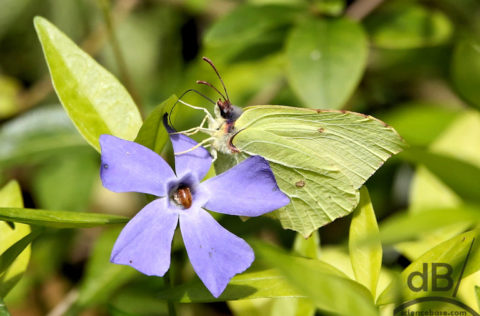
Brimstone
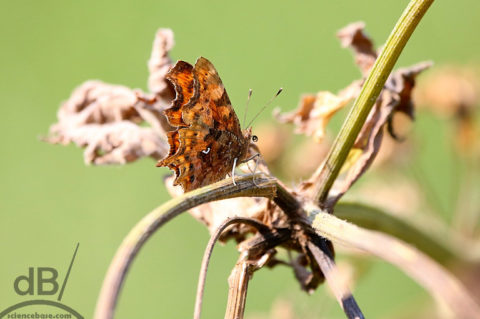
Comma
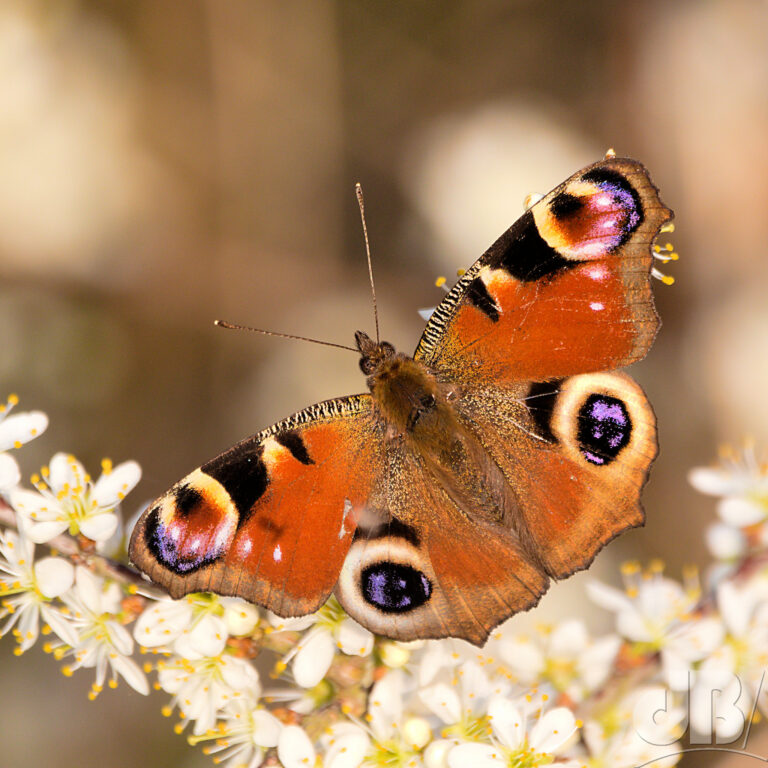
European Peacock
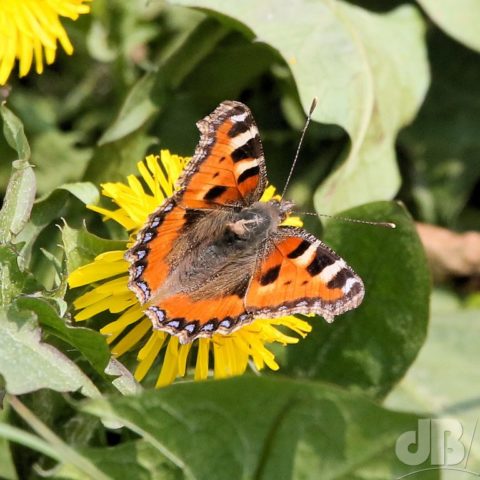
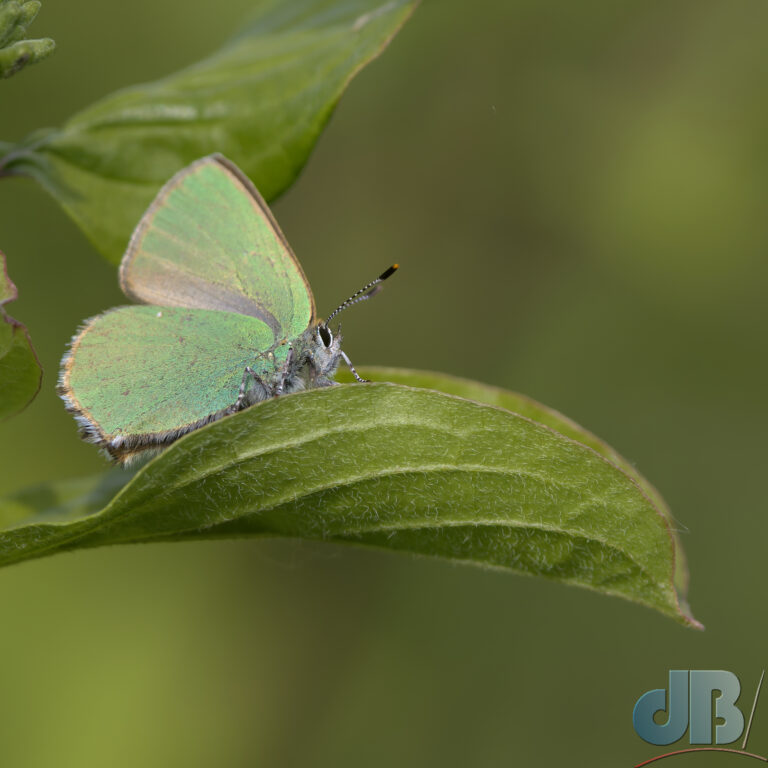
Footnote
We were in Tenerife in early February, we saw several butterfly species: Monarch, Canarian Cleopatra (F), Small Tortoiseshell, Large White, Red Admiral.
Post started 10th Mar, dateshifted to bring closer to top of blog on 25th May